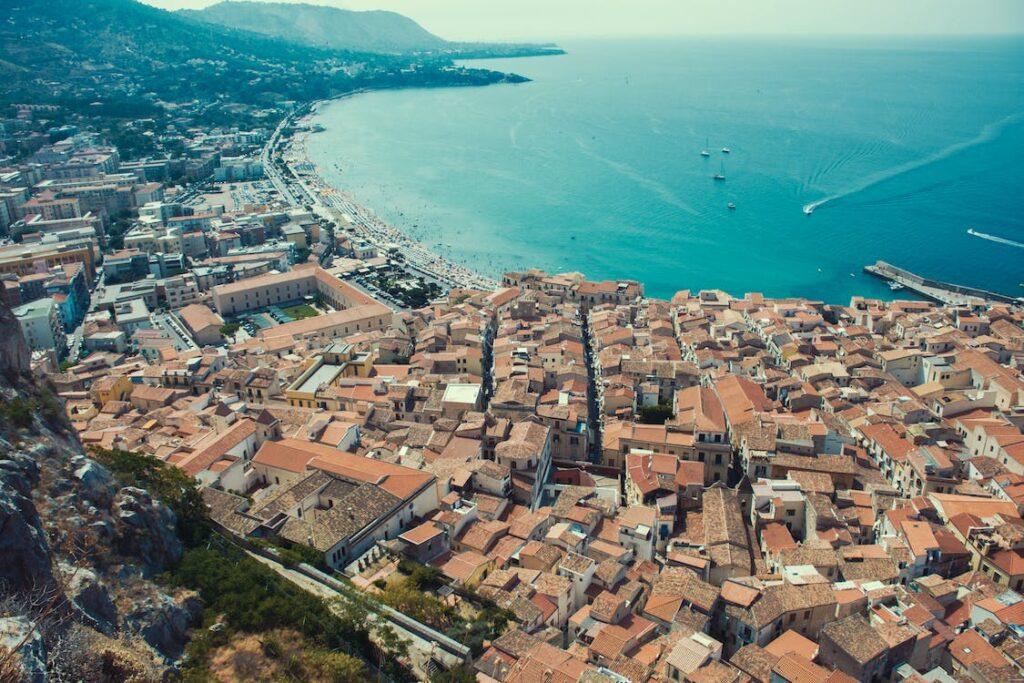Visiting southern Italy could be one of the best travel experiences of your lifetime. Each location offers a wide range of attractions, and the highlights include the various historical sites and of course, the food. From small towns to large cities, each location offers a wide range of activities including hiking, cliff jumping, swimming, exploring, and of course eating. Whether you are an adventure junky or seeking ultimate relaxation, there’s a place for you on this trip.
Get ready to submerge yourself in rich history, lively cities, outstanding beaches, incredible coastal sceneries, and adorable towns. Another exciting part of this trip is definitely exploring the various foods that Italian cuisine has to offer.
The best season to visit southern Italy is during warm weather months at the edge of the season (March through May or September and October). The midsummer months are significantly warmer and also significantly more crowded, which also means higher prices for everything.
Book your accommodation ahead of time prior to your arrival in each town especially if you plan to visit during summer.
Naples
Naples is a great place to start your visit in Southern Italy. Not only does it have an international airport to ease arrival, the city is rich with architecture and art, and of course, it is the hometown of the common favorite food, Pizza!

Day 1:
Depending on what time of day you arrive in Naples you will either start with Pizza or begin wandering around the city and then have some pizza.
Palazzo Reale (Royal Palace)
Considered one of the jewels of architecture in Naples, this must not be missed. The palace is one of the most visited attractions that Naples offers with a picturesque infrastructure from exterior to interior.

National Archaeological Museum

Ovo Castle
The tale of the Roman poet Virgil, who was renowned in the Middle Ages as a powerful magician and future seer, is the source of the castle’s name.
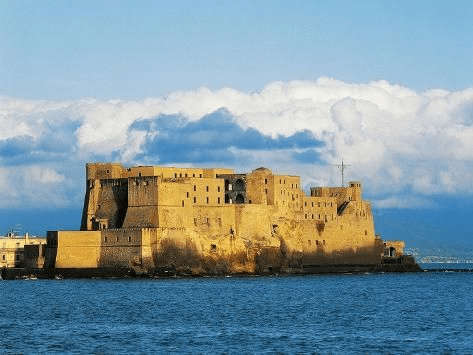
Pizza
Now that you have completed the more formal activities, it is time to prepare for your exploration of the real Naples tomorrow. Napoli is known for its delicious pizza. Made from fresh local products, the dough, the sauce, and the cheese are what make the pizza so special. Every Napoli native has their favorite pizzeria. Be friendly and ask a local for a nearby recommendation and enjoy.
Day 2:
Sfogliatelle Calde Attanasio
As is common practice around the world, morning coffee in Naples is a way of life. Enter a traditional coffee shop and enjoy your morning coffee. We suggest you pair it with a traditional pastry, Sfogliatella.
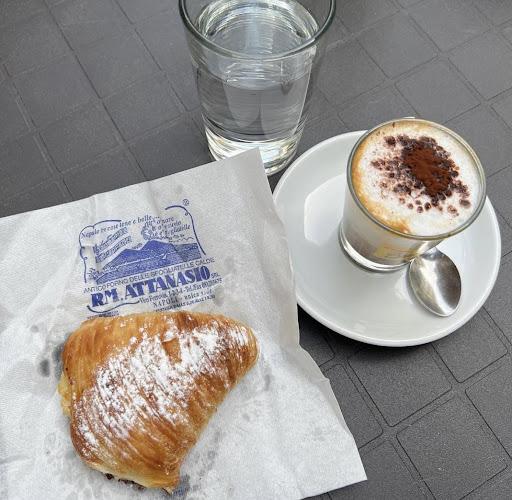
Spanish Quarter
The best way to start exploring the Spanish Quarter is to start at the Toledo metro station, voted to be one of Europe’s most impressive metro stations. A short walk away you will find the the neighborhoods of the Spanish Quarter filled with tight alleyways, laundry hanging everywhere, spying eyes from balconies above, accompanied by a variety of different scents, good and bad, and plenty of graffiti and street art.
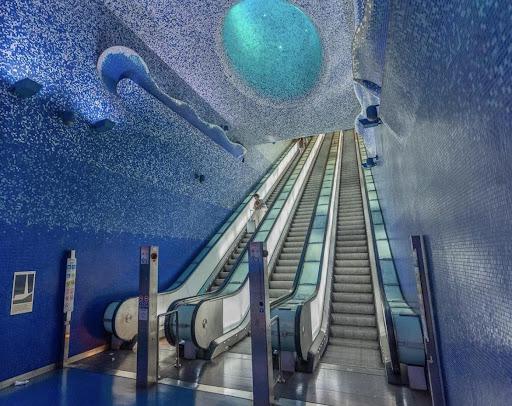
Sanita District
With much of the city serving as a canvas for artists, murals and graffiti art cover most of the walls, doors, and even trash bins. However most of these are not just random pieces, but rather have a story, a significance. Walk around the Sanita district and enjoy the very impressive artwork. For those interested, there are walking tours of the street art of the district.
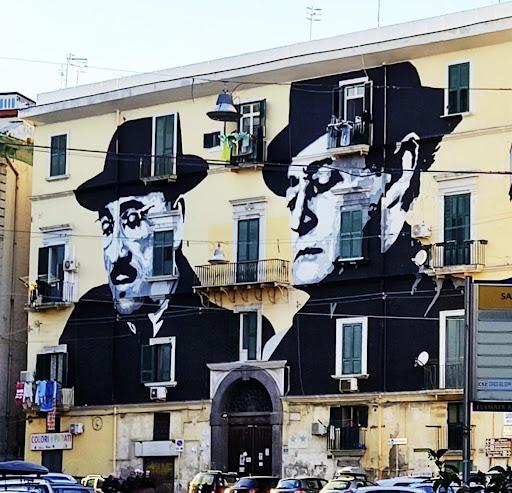
Spaccanapoli Street
This long street goes from one end of the city all the way to the other, splitting it in half. Full of small alleyways, street vendors, musicians, pizzas, and tons of hidden gems, enjoy a long walk through the heart of naples
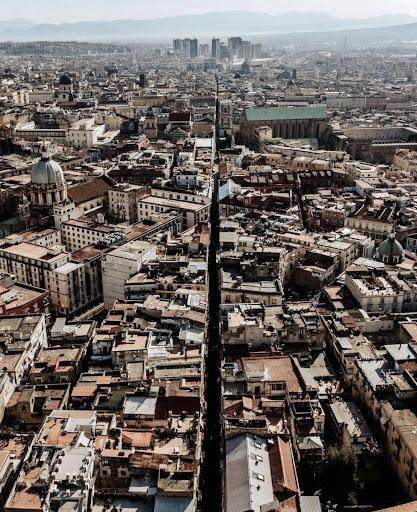
Pizzeria Da Attilio
Yes, that’s right. It is time for more pizza. You know the phrase, when in Rome, do as the Romans do? Well, when in Napoli…. Eat pizza!
Again, a great way to find a delicious pizzeria is to ask a local. This one was recommended to us and definitely does not disappoint!

Capri
Day 3
The gem of southern Italy and accessible by ferry from Naples, Capri is famous for its coastal beaches and remarkable natural beauty. Those are just a few reasons not to miss this amazing place.
Around the area, you will find world-class shopping experiences, mouth-watering dishes and night life to remember.
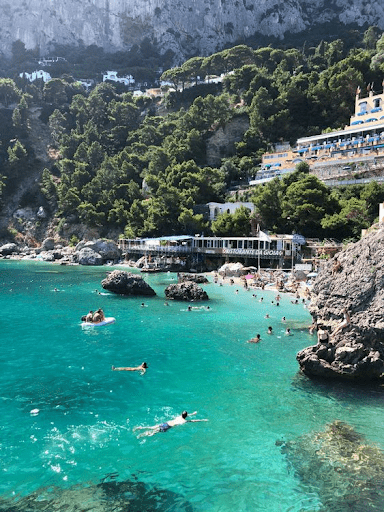
Blue Grotto
Best to embark on this adventure early in the day to avoid the crowds. Ready your swimwear and hop in a rowboat where you will pass through a portal of stones entering a different world of waters. Upon entering the portal you will see light crystal blue waters reflecting the stone walls. (Be sure to have a waterproof phone case or action camera)
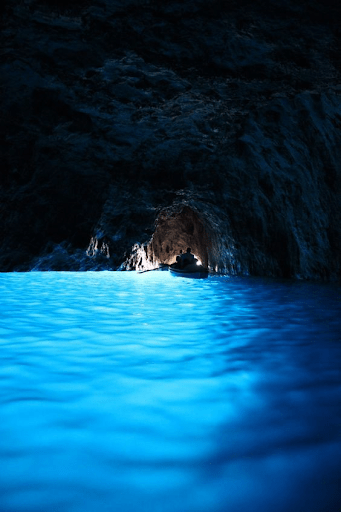
Monte Solaro
Sunscreen applied and water in tow, enjoy the hour and half climb from the Anacapri starting point to the top of Monte Solaro. With beautiful views along the way, the view from the top is a sight to be seen. For those looking to save time or energy, there is a chairlift that can be used instead of hiking.
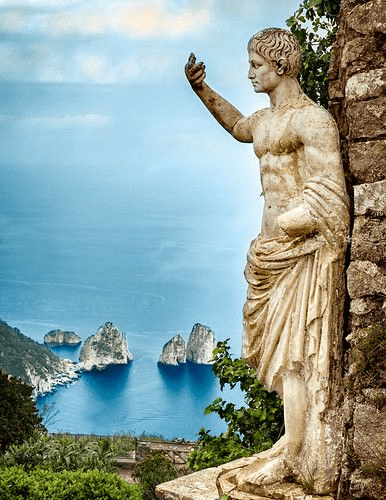
Villa Jovis
The largest among the 12 Tiberian Villas that you can find in Capri, the ruins of the famous Roman palace are situated at about 400 meters above sea level at the top of Mount Tiberio. This is one of the main tourist attractions in the area, so expect crowds during the summer months
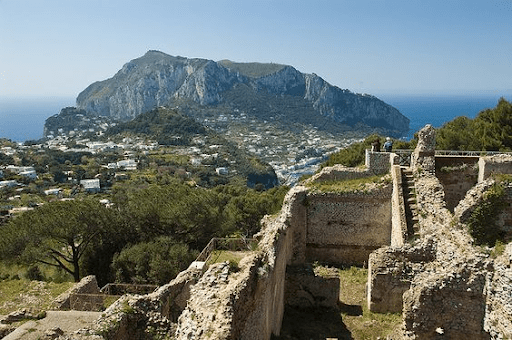
Pompeii
Day 4:
After starting off your morning in Capri, make your way to the ancient city of Pompei. This will take you back through Naples and we would absolutely not judge if you choose to stop for Sfogliatella and coffee or another pizza (maybe both?)
The Ruins of Pompeii
Pompeii was once a thriving city lying near present day Naples and the coast of Italy. In the year 79 CE, a nearby volcano, Mt.Vesuvius erupted and covered the city and nearby villages with up to 6 meters of lava. The city might be buried but the history and culture of the Romans is still recognized to this day.
Expect to spend most of your day roaming around the ruins of Pompeii and nearby ruined villages as well.
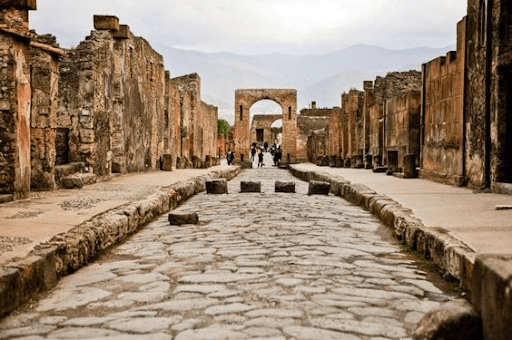
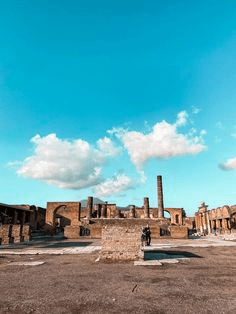

The ruins of Pompeii ( Image source: pinterest.com)
Spots to visit:
- Antiquarium
- Forum
- TheatersTemple of Isis
- Terme Stabiane (Stabian Baths)
- House of Menander Nuovi Scavi (New Excavations)
- Amphitheater
- House of the VettiiWestern Houses
- Street of Tombs
- Villa of the Mysteries
After spending the better part of the day exploring, make your way to your next stop, the city of Sorrento. Enjoy an aperitif and traditional Italian dinner.
Sorrento
Day 5:
Sorrento is a beautiful coastal town known for its colorful streets and hidden citrus trees making every corner a picturesque place.
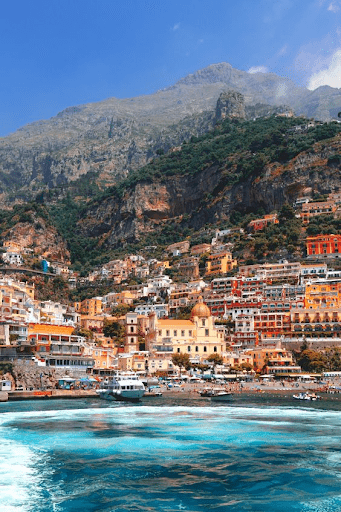
Piazzo Tasso
Piazzo Tasso is the main square in Sorrento. This is a good place to start to feel the vibe of town. Surrounded by streets where you can find cafés along the sidewalk, bars, and restaurants. You can enjoy your breakfast while observing the bustling city.
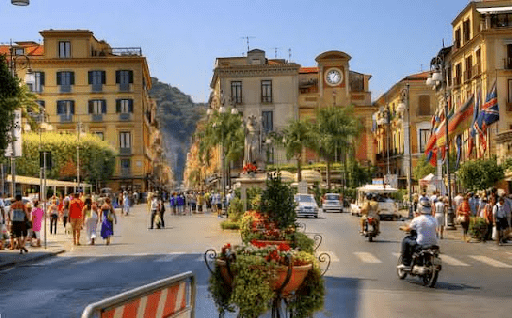
Old Town
Wander around and enjoy the beauty of the pastel houses along the winding streets that have a magical charm about them. This place has a magnificent ambiance that should not be missed.
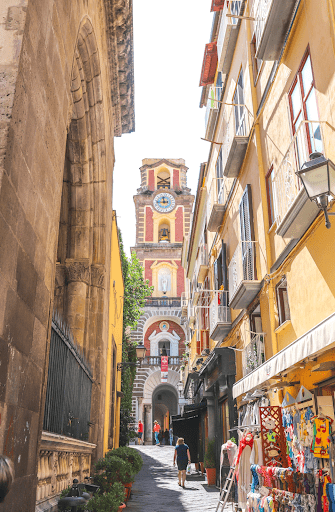
Correale Museum of Terranova in Sorrento
After spending the morning wandering around and experiencing the vibrant culture of Sorrento, enjoy this change of pace (and air conditioning) and get to know more about the rich history of Sorrento and Italy inside the Museum.
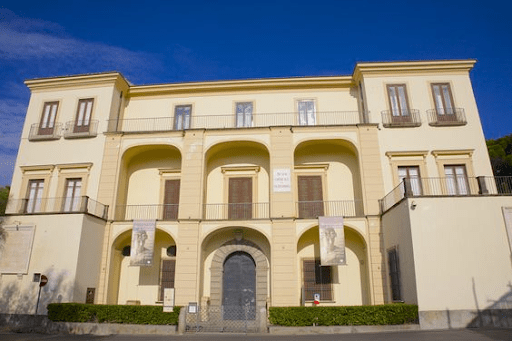
Villa Comunale
Located in the center of town, this small park has a magical garden and is no doubt one of the best views in town. From the terrace of the park, you get a glimpse of the Gulf of Napoles and the horizon of Ischia and Procida islands.
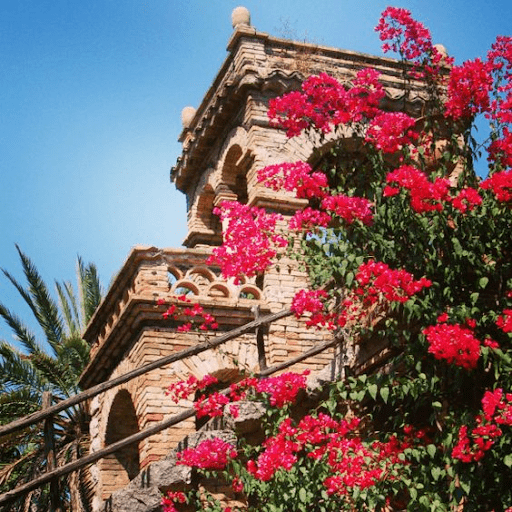
Bellevue Syrene
Bellevue Syrene is a well-known luxury hotel where it is possible to have a dining experience at one of the most scenic spots in Sorrento. If you choose to dine here, we suggest making a reservation and coming just before sunset for one of the most incredible viewing experiences on your southern Italy trip
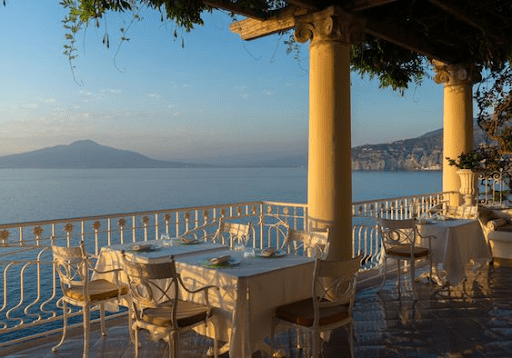
Positano
The Amalfi Coast is famous for its picturesque coastal area with jaw dropping cliffs, beautiful beaches, and colorful buildings. The Amalfi towns have rich historical heritage sights, narrow and steep streets, colorful steep streets.
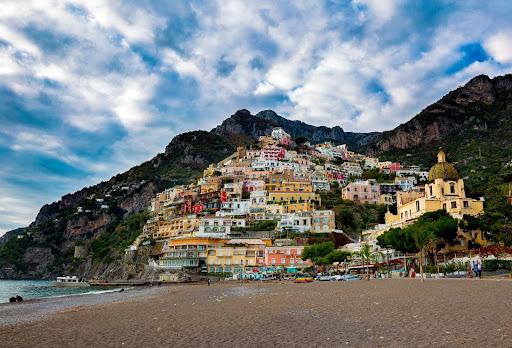
Day 6:
Positano is one of the most picturesque towns along the Amalfi coast.
We have a few pieces of advice which really hold true for most places, but especially in Positano and Amalfi.
- Wake up early to begin exploring before the crowds build up.
- The best way to get around and really experience the beauty and uniqueness of Positano (and Amalfi) is to put on comfortable shoes and walk around!
Church of Santa Maria Assunta
With its beautiful tiled dome, this Church is one of Positano’s focal points. Being one of the town’s most iconic symbols, this church is widely known to marry couples from all over the world. The colorful yellow, green, and blue tiles sparkle under the sunny blue sky and the reflections of the Mediterranean sea. Also serving as a landmark to help determine where you are, the Church’s piazza houses part of the staircase to the Marina Grande Beach.
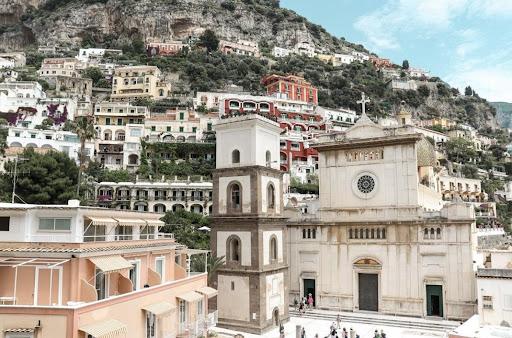
The Path of Gods
A 7 kilometer round trip hike that will take you between around an hour and a half (or two depending on how many photo ops you take), is a historic trail that connects the mountain villages and is one of the most well known walking paths on the Amalfi Coast. Sitting at an elevation in the hills above Positano, the trail has some of the most incredible views!
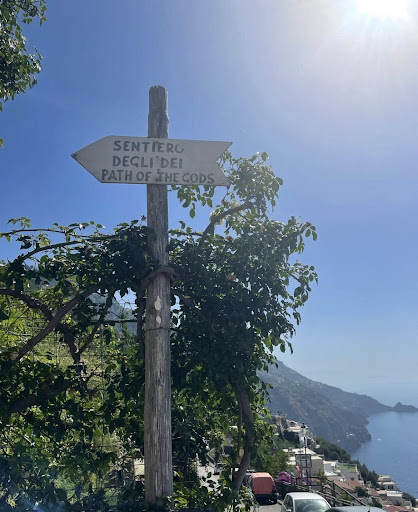
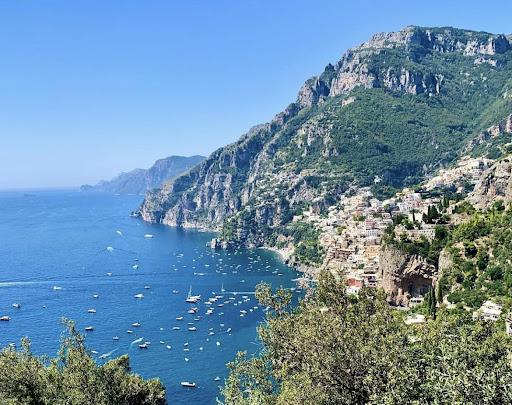
Vespa Ride
Driving around the Amalfi Coast is definitely an experience. Considered to be one of the most beautiful roads in the world with breathtaking views at every twist and turn, this experience is best done by those who are comfortable on a motorbike as the cliffs are high, the roads narrow and windy with two way traffic, and the distractions, many.
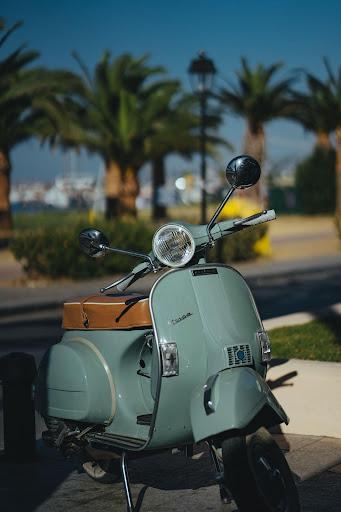
Music on the Rocks
Get your groove on at this incredible beachfront nightclub that is carved out of the rocks like a cave.
With great music, often played by popular international DJs, this is a pricier experience that comes with the unique atmosphere.
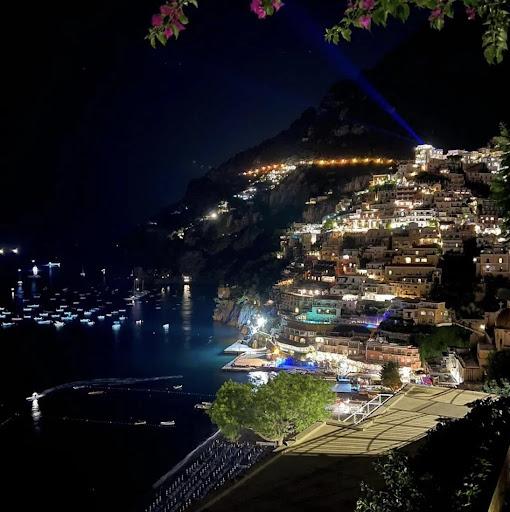
Amalfi
Day 7:
Just as in Positano, the best way to gain appreciation for Amalfi is to wake up early and wander around by foot.
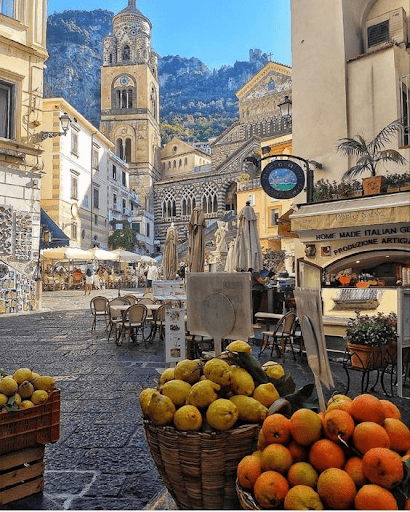
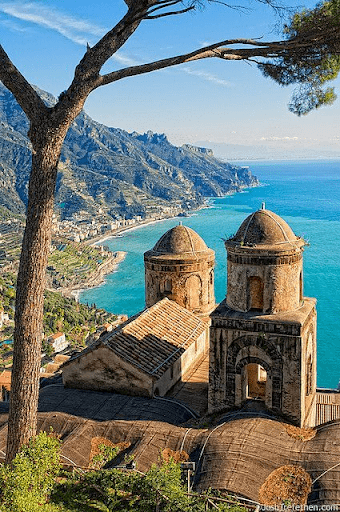
Amalfi Cathedral
Another Roman legacy, the Amalfi Cathedral is a beautiful piece of architecture that cannot be missed when in Amalfi
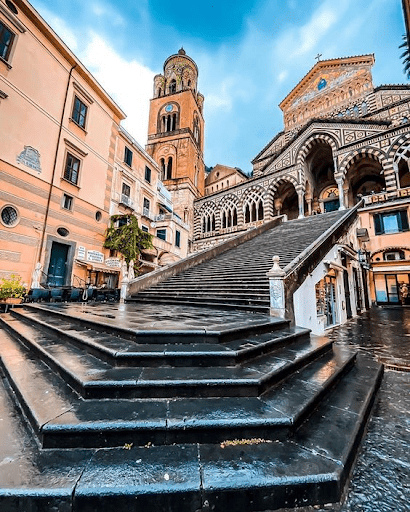
Amalfi Paper Museum
Discover the history of Amalfi paper and get a better understanding of how it was produced and get famed across Italy.
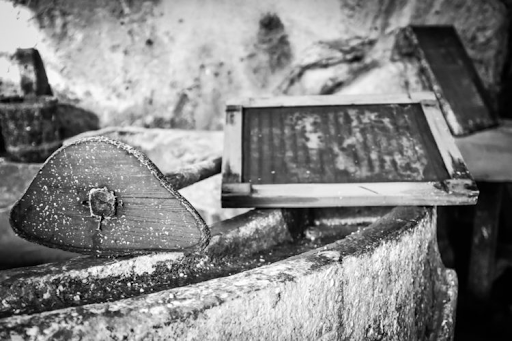
Boat Ride
One of the most incredible ways to experience the Amalfi coast is from the water. Join a tour or hire a boat for a half day to take you along the coast line and let you experience the incredible views from a different vantage point. Take the opportunity not only to snap some of your most incredible photos, but also to enjoy a swim in the turquoise blue waters.
After enjoying your final dinner in the Amalfi Coast, prepare your things and get a good night’s sleep, tomorrow is a travel day.
Sicily
Day 8:
After waking up at your accommodation in Amalfi, you will make your way back to Naples Airport (using public transit through Salerno is recommended). From there, you will hop on a short domestic flight to Sicily (flights are generally cheaper to Catania, so that is where we have started our Sicilian itinerary).
Catania
With a beautifully unique character, partially caused by the volcanic eruptions and earthquakes occurring here throughout history, Catania has had the opportunity to develop, change, and flourish. Filled with picturesque parks and monuments, beautiful churches, uniques shops, a healthy nightlife, and some of the most delicious cuisine, Catania offers something for everyone.
La Pescheria
Sitting behind the cathedral, the historic fish market of Catania is a sight to be seen, smelled, and experienced. Starting early in the day, the hustle and bustle of this crazy fish market will allow you to truly immerse yourself within the local culture. Open every day from ancient times, see the performance of selling the fresh fish and seafood here. purchasing fish has become somewhat of a performance
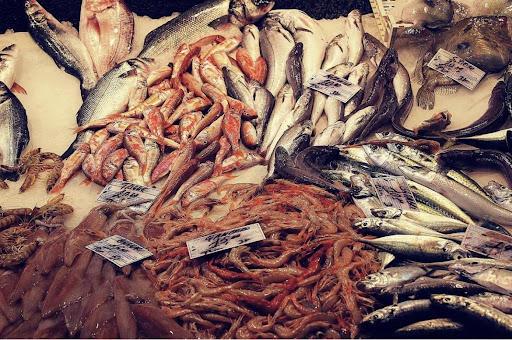
The Colorful Umbrellas
Make your way under the colorful umbrellas to enjoy the traditional dish of Catania, Pasta alla Norma. Its name paying tribute to the opera Norma composed by Catania composer Vincenzo Bellini, the past dish included fresh tomatoes, fried eggplant, and salted ricotta cheese. Needless to say, it is delicious.
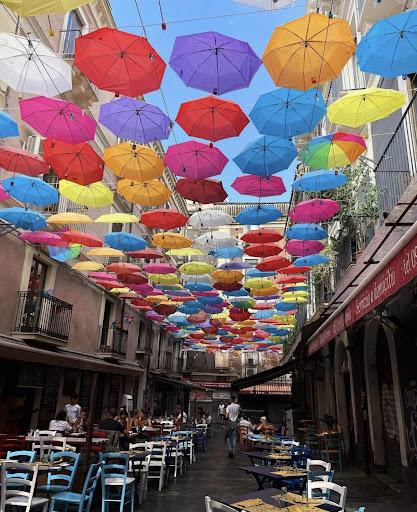
Piazza del Duomo
Sitting in the city center, the Piazza is home to the Badia di Sant’Agata Cathedral, to the elephant fountain, the town hall, and the Amenano fountain.
Elephant’s Fountain
A symbol of the city, the elephant’s fountain is carved from black lava, the found elephant’s fountain is topped by an Egyptian obelisk.
Badia di Sant’Agata Cathedral
Having undergone numerous restorations after being destroyed by earthquakes, the exterior facade is from white marble from the Sicilian baroque period. The cathedral houses the tomb of Vincenzo Bellini (famous Catania composer you will hear of again). The Badia Sant’Agata Church, the smaller church that sits next to the Duomo is where you will be able to see a 360° breathtaking panoramic view of the city. We suggest coming back here again just before sunset to witness truly magical views.
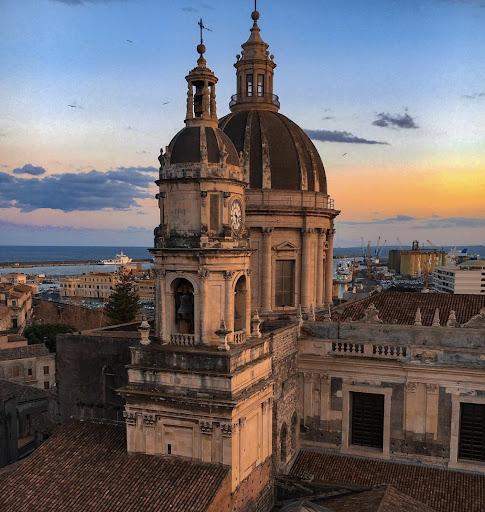
Via Crociferi
One of the oldest streets of Catania, dating back to the 18th century, this scenic street is well known for its several baroque churches and imposing villas.
Villa Bellini
The gardens of Giardino Bellin are absolutely beautiful and feature several fountains and states of famous Catania historical figures.
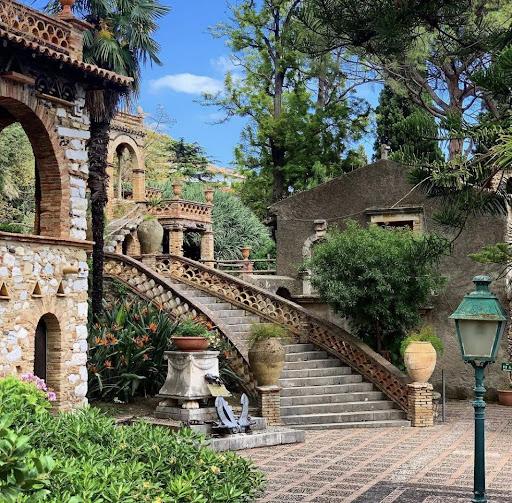
Mount Etna
Mount Etna is considered the tallest active volcano in Europe and is a UNESCO world heritage site. Standing at a total height of 3320 meters it destructs itself and regrows due to it’s eruptions. While we don’t often recommend organized tours as opposed to exploring on your own, this one is definitely an exception. A sunset tour of Mount Etna will set you back approximately 50 euro per person, but is absolutely worth it (and far less complex and more economical than all of the fees you would have to pay to do it on your own). Most of the tours include stopping at a local honey farm giving you the chance to taste some unique fresh honey with unique flavors, spelunking through caves that were created by flowing magma, and watching a beautiful sunset over the craters of Mount Etna.
(Don’t forget to bring a jacket!)
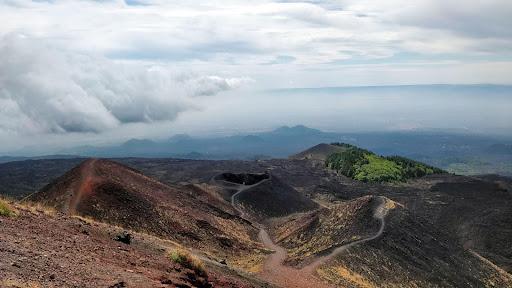
Via Santa Filomena & Via Gemmellaro
With a seemingly endless choice of restaurants, pubs, and bars, these two connected streets are perfect for enjoying a late evening aperitif and dinner.
Taormina
Day 9:
After staying up late last night, leisurely enjoy your morning coffee and breakfast in Catania before heading to Taormina for a day
Villa Comunale
The view from this park is just incredible with Mount Etna as a backdrop in the distance.
Greek Theater of Taormina
The second largest Greek Theater in Sicily, this was once the location where gladiators would fight to the death. Now, it’s used as a site for entertainment and festivals.
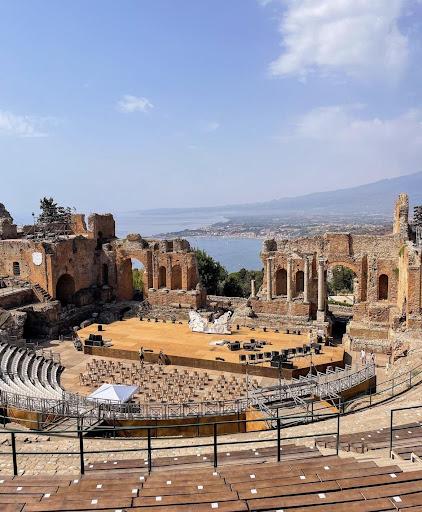
Piazza Aprile
The main piazza in Taormina, Piazza Aprile has a gorgeous view of the coastline and sits conveniently located in the middle of Corso Umberto, the main drag with tons of shops.
BamBar
This comes as one of the most highly recommended locations to enjoy an espresso and granita with cream.

Isola Bella
Now that your stomachs are satisfied, at least temporarily, it is time to head to Isola Bella. Since Taormina sits on a hill you will need to head down to the beach area before enjoying the walk to this beautiful nature reserve. We recommend using the funicular as it has a beautiful view, and is rather expeditious, and the rates are quite reasonable. This island nature reserve has a unique history and is absolutely an enjoyable experience with tremendous views.
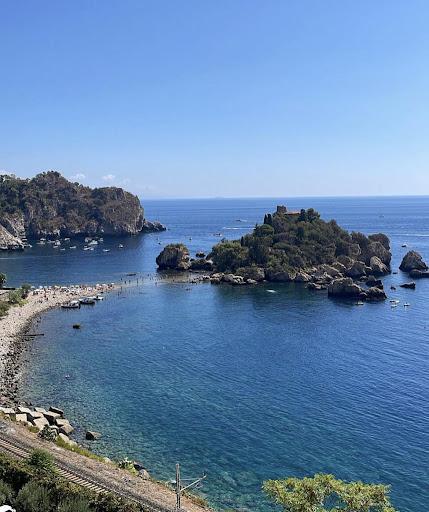
After a day full of exploring it is time to head back to Catania for dinner and sleep.
Palermo
After waking up in Catania and enjoying your morning coffee and pastry, it is time to make your way to Palermo, the capital of the island Sicily. Having so uniquely preserved history through its archaeological museums and sites, Palermo has a rich history and unique traditions. As the capital of Sicily, Palermo is of course also home to some of the best Sicilian street food.
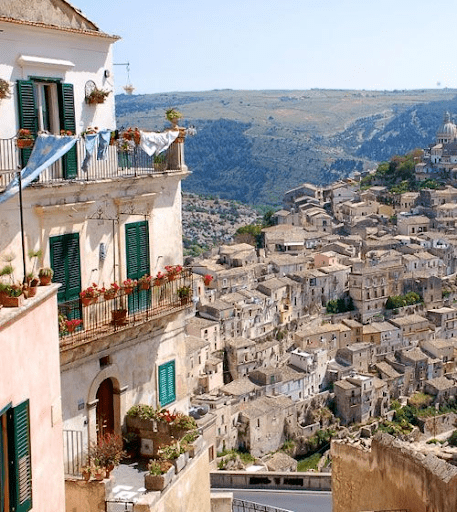
Day 10:
Spinnato
Start your day off with an espresso and cannoli at Spinnato.
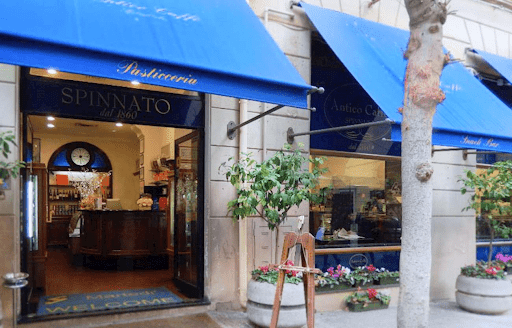
Norman Palace

Cattedrale di Palermo
The Palermo Cathedral is only one of the great architectural gems on our list today. This Duomo, along with its sister Duomo in Cefalu as well as the one in Monreale are interestingly listed as one UNESCO World heritage site. First constructed in the 12th century but underwent expansions throughout the 18th century, it gracefully combines numerous architectural forms. Be sure to head up to the roof of the cathedral as the 360° view is just breathtaking, allowing you to see everything from the water and the whole piazza from above.
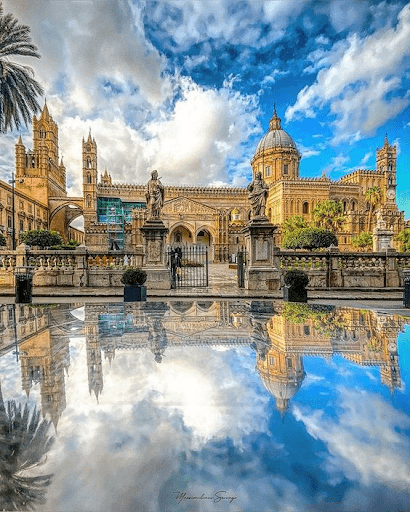
Quattro Canti
The Four Corners, also known as “I Quattro Canti,” is one of Palermo’s most beautiful and well-known locations. The four structures that form the square’s perimeter were constructed between 1608 and 1620, and the sculptures and other ornamental features were finished in 1663. The four facades are perfectly symmetrical, each with three levels – the first level is for the Season, the second for the King, and the thor for the Saints.
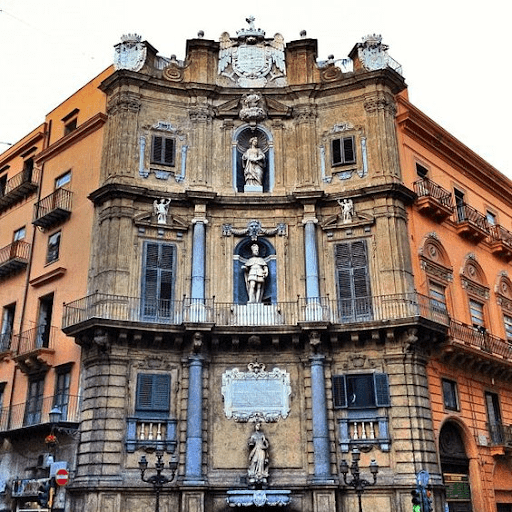
The Pretoria Fountain
From the Quattro Canti, the Fontana Pretoria is only a short walk away. Also known as the Piazza Della Vergogna, or “Piazza of Shame,” because of the nudity in earlier ages. This fountain depicts the 12 gods of Olympus as well as the local flora and waterways.
It was constructed in 1554, Palermo purchased this fountain from a nobleman in Florence and moved it to this location in 1574
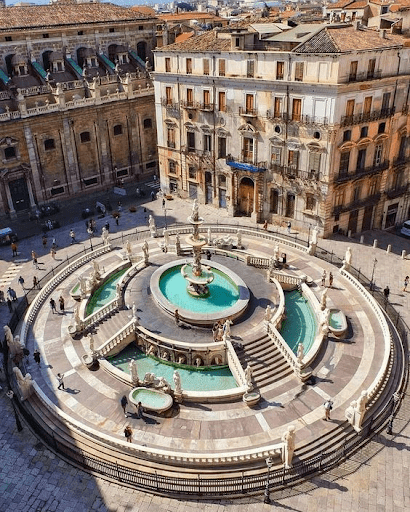
via Maqueda
Day or night, this Palermo street is always active. Full of restaurants, shops, and plenty of bars, this lively center of Palermo is a great place to grab a bite to eat as the prices are incredibly reasonable
Day 11:
Massimo Theater
The Masimo Theater, home to Palermo’s renowned Royal Opera, is the third-biggest opera house in Europe and is one of the city’s most iconic structures. Inaugurated in 1897, it is the largest opera house in Italy, and is still in use today. The theater is exquisitely decorated and frequently presents old Italian operas, which are worth the experience if you are here during opera season.
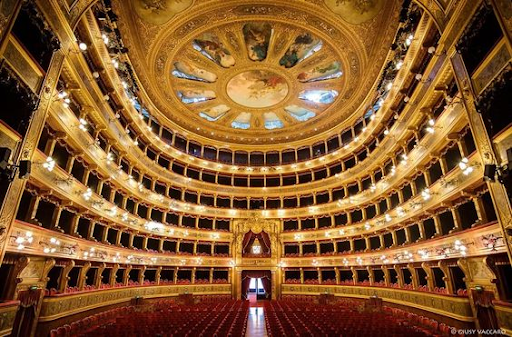
Cattedrale di Monreale
The church in Monreale, one of Sicily’s main tourist destinations, was designed to make both a political and artistic statement.
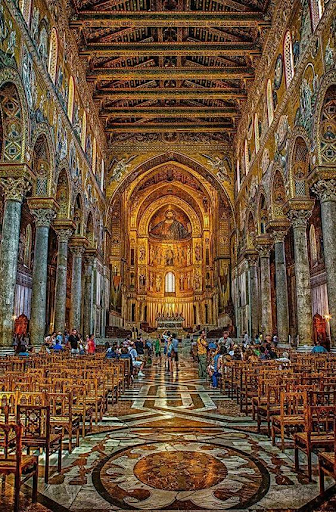
Gelato
As we hope that you have already done several times on your trip thus far, it is time for a gelato break. Eating gelato in Siciliy is even more of an experience ss Sicilians enjoy their gelato in a delightful way by eating it on brioche buns. The soft, sweet bread looks like a sandwich and soaks up the delicious gelato. On a warm day, it is quite enjoyable. Okay, on any day…
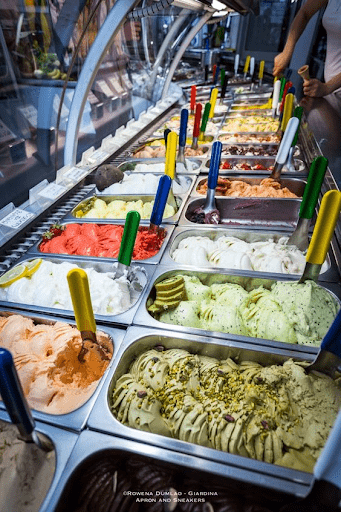
The Normal Palace and Palatine Chapel
The Norman Palace and its famed church, another wonderful Arab-Norman landmark, should not be rushed. This stunning palace looks like it belongs in a fairy tale. The most amazing fusion of architectural styles can be seen here.
The Palace and the Palatine Chapel are evidence of the great cultural interchange that took place in the ensuing Arab-Norman civilization between the Norman, Latin, Arab, and Byzantine peoples.
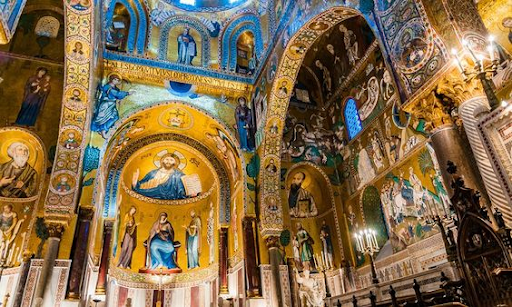
Mural of Palermo
The famous mural of Palermo depicts the two judges, Borsellino and Falcone, who served on the bench in 1990s cases against the mafia, both having been murdered by car bombs.
Self Guided Walking Tour – Palermo Street Food
Street cuisine in Palermo is world renowned. It would be regrettable if we didn’t at least try some of the distinctive delicacies while we were there. Wander around, letting your nose guide you to the incredibly appetizing scents.
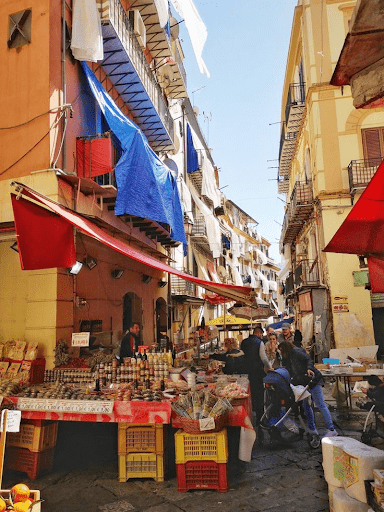
Trapani & Erice
Erice, the medieval hilltop town overlooking Trapani is known for its adorable cobblestone streets and incredible views. Taking the cable car up and back is efficient, though it is also accessible by car, on a clear day, it is possible to see Tunisia on the coast of Africa.
Trapani, a port city to the Aegadian Islands and North Africa, is known as the city of Salt and Sail.
Day 12:
Erice
Porta Trapani
As soon as you exit the cable car you will walk through this ancient defense gate that leads into Erice.
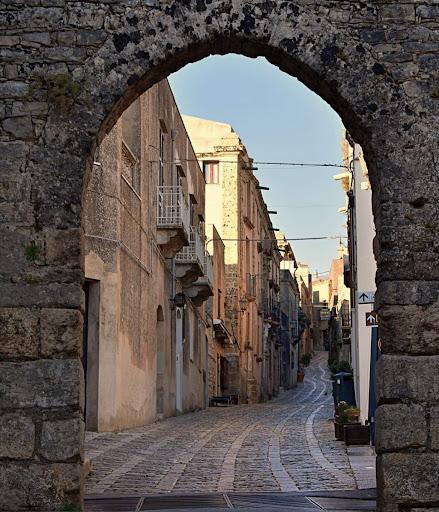
Duomo
In Erice saying Duomo, you may be asked which one. As a town with seemingly endless churches, the one known as “Mother Church,” is the main church in town. This is definitely a case for the phrase “Don’t judge a book by its cover.” The outside doesn’t leave you expecting much, but the intricate detail inside the church is just exquisite.
Torre di Re Federico
The tower of King Frederick sits near Mother Church and allows you to head up to the tower to capture a beautiful view. For a small fee you can buy a ticket that allows you entrance to the Tower, Mother Church, as well as two other primary churches of Erice.
San Martino Church & San Giuliano Church
The second and third churches that are included in the Tower admission ticket. The panoramic views are just incredible, even allowing you to see the Trapani Salt Pans.
Castle of Venus
Built by the Normans in the 12th century upon the ruins of the castle that sat here before it, the castle also served as a prison and had a drawbridge that connected the castle to the Balio Towers. The drawbridge no longer exists, so now there are stairs.
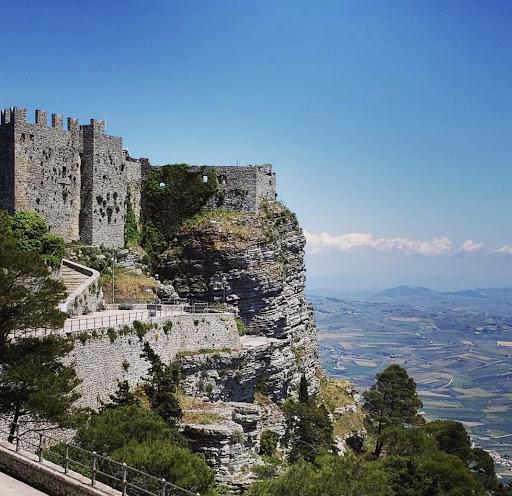
Maria’s Bakery
Delicious baked goods that make you feel like you have surely reached heaven. You can thank us later.
Now that you have filled up on dessert, head back down to Trapani for the afternoon of exploring.
Trapani
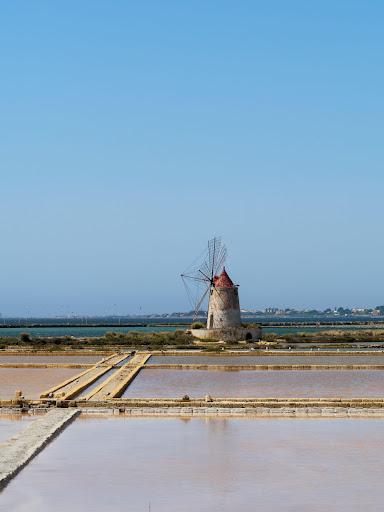
Cathedral of San Lorenzo
The main church of Trapani, this cathedral was originally constructed in 1421, but has been modified and restored in the 18th century. This is apparent when you look up from the inside and notice a net set up to catch any falling debris.
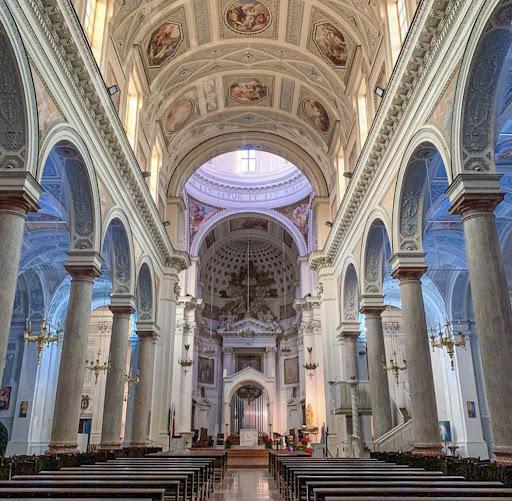
Palazzo Senatorio
The town hall sits at the end of Vittorio Emanuele street.
Porta Oscura
Vital for the import and export of goods, especially wine and salt, this oldest entryway to the city sits next to the town hall.
Tower of Clocks
Next to the town hall and Porta Oscura, the Tower of Clocks is one of the oldest astronomical clocks in all of Europe, having been built in 1596.
Torre di Ligny
Sitting at the tip of Trapani, this tower was built in 1671 to hold a strategic position to defend the coast of Sicily.
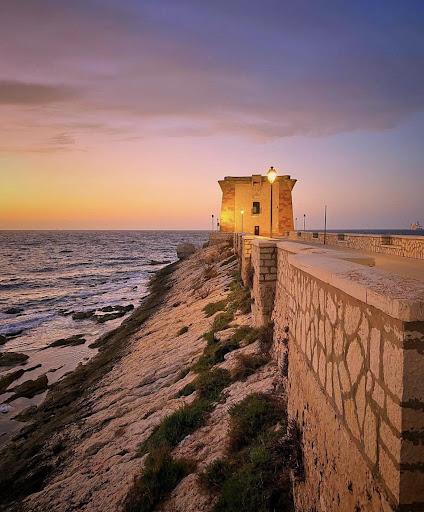
Favignana
The largest of the Egadi Islands, Favignana has a 33 kilometer coastline, it’s unique name comes from the warm wind that comes from the west and creates the temperate climate. In order to get to Favignana, you will need to take a ferry from Trapani that takes about 45 minutes.
Day 13:
Once you have arrived in the town of Favignana, we suggest renting a motorbike (or even a bicycle if you’re up for it) in town and making your way to your accommodation on the island. Dressed in a swimsuit and whatever you choose to wear on top, it is now time to set off to explore the beaches and nature of the island. (We suggest wearing sneakers and bringing along sandals or aqua shoes).
Cala Rossa
Simply one of the most beautiful beaches on the Island of Favignana, this is a rocky amphitheater that gently descends to the water. With cliffs on both sides, the water is generally calm and beautiful for a swim all year round. Besides that, its beauty is definitely worth a visit.
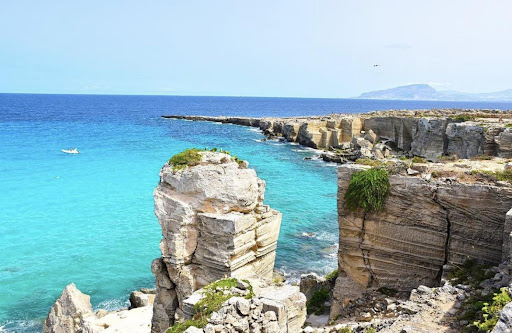
Bue Marino
This perfect combination of caves and manmade vestiges combined with nature’s beautiful cliffs and crystal blue waters make this one of the perfect places to spend a couple hours exploring, swimming, and making memories (of course, these memories to be documented by photographs).
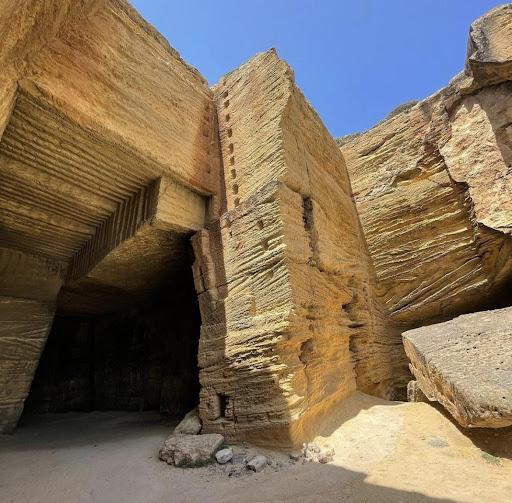
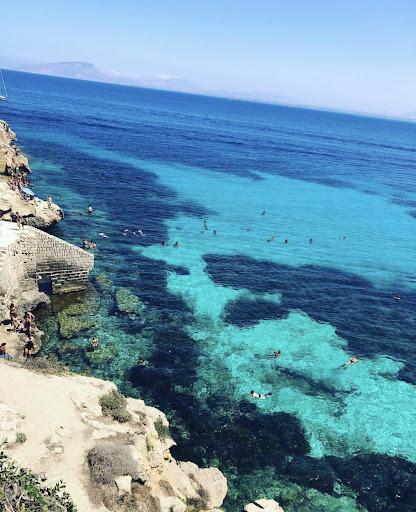
Cala Azzurra
A panoramic view, crystal clear water. What more could you need? Enjoy a jump into the water, dry off in the sun and take a few photographs before jumping back on to your bike and continuing to explore.
Grotta Perciata
Rock jumping anyone? Definitely be careful where you are jumping from and where you are jumping to, but this beautiful rocky beach holds some great adventures.
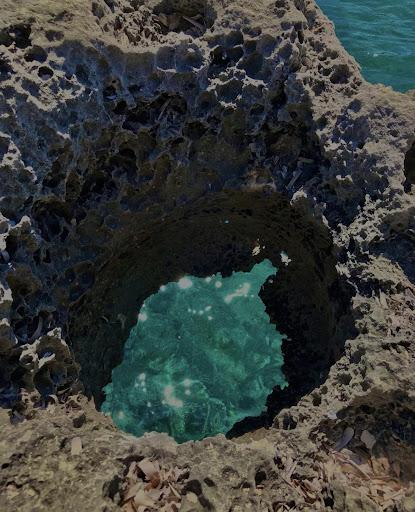
Lido Burrone
Next on the list is another beautiful beach. This one with shallow waters and of course beautiful views.
Marasolo
The final beach on today’s list, and really, just because the view here is beautiful.
Known for their tuna, we suggest a tuna fish dish dinner at any of the delicious family run restaurants for dinner. And be sure to get to bed early as tomorrow will be an early morning.
Day 14:
Forte di Santa Caterina
Today you will have an early start to your day. Be sure to check the times for sunrise and arrive at the footpath at least an hour before the sunrise. The climb does require a decent fitness level (shoutout to those cardio WODs) and that said, will still take about 45 minutes. The Santa Caterina Fortress (also known as the castle) sits atop the summit at the center of the island of Favignana and has a beautiful panoramic view of the whole island.
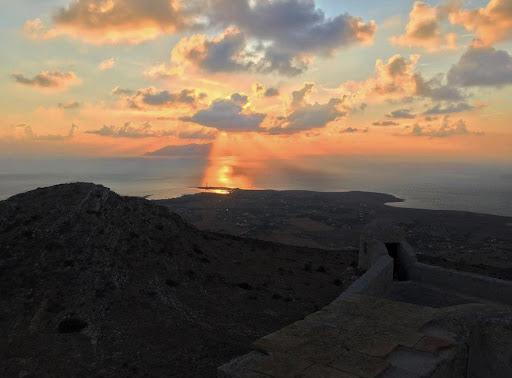
Once you have enjoyed the sunrise and the spectacular views, make your way back down the mountain. We suggest taking this opportunity to head back to your accommodation, grab a shower and pack up your things before enjoying breakfast and continuing on with your last few activities of your trip.
La Tonnara Della Famiglia Florio
This waterfront museum is a renovated tuna factory that exhibits the history of Favignana.
Favignana Town
Spend some time wandering around the cute town, enjoy some delicious snacks and lunch before boarding your ferry and making your way to the airport.
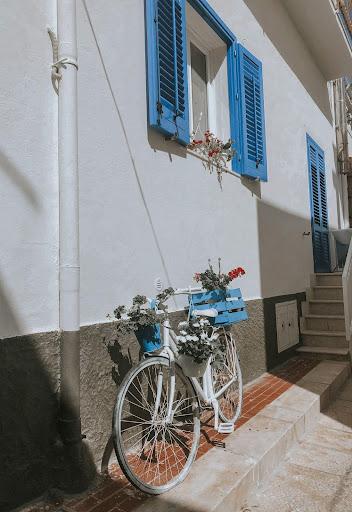
Palermo International Airport
The time has come to make your way to the airport for your flight home. We hope that you have enjoyed your time in Southern Italy!

